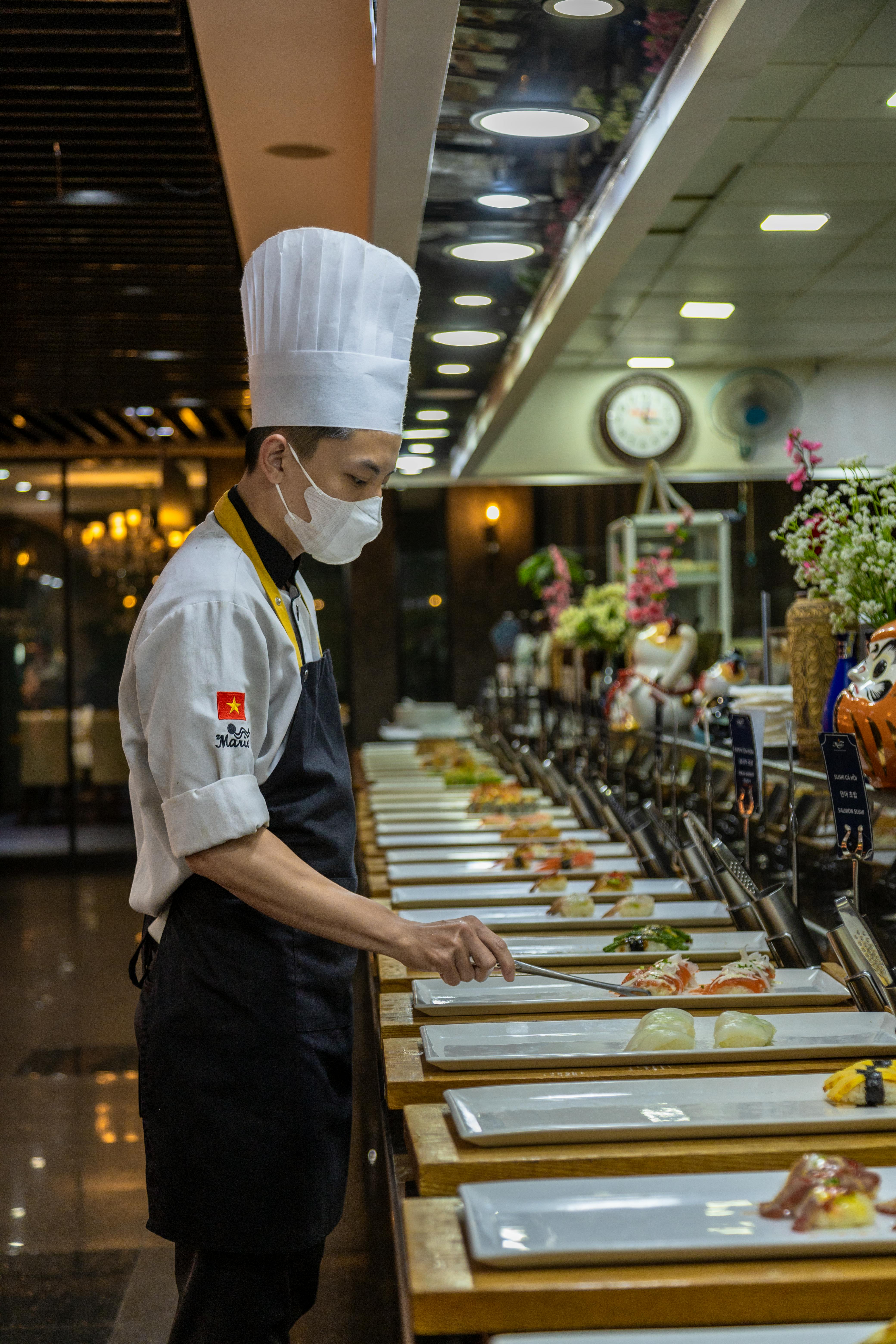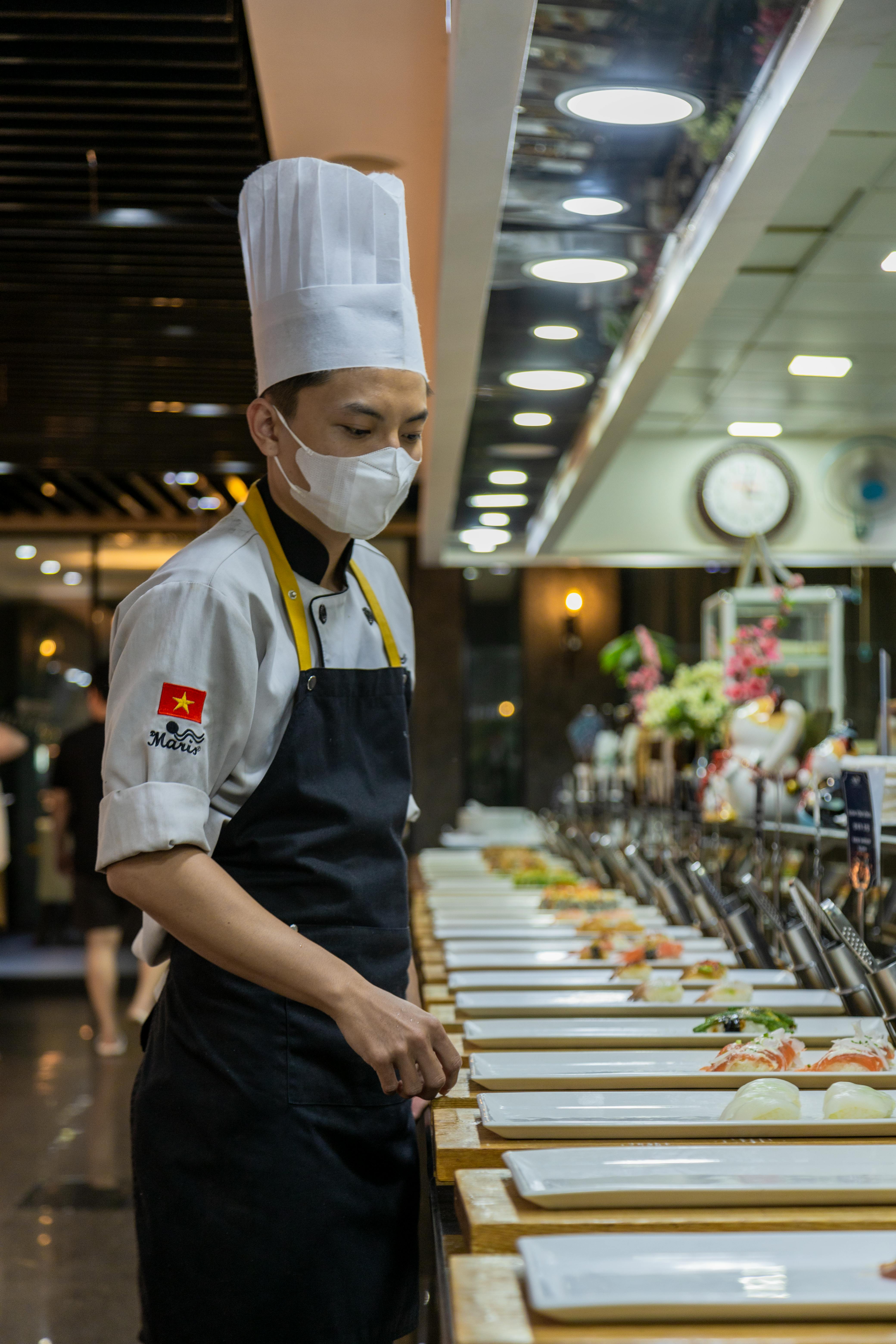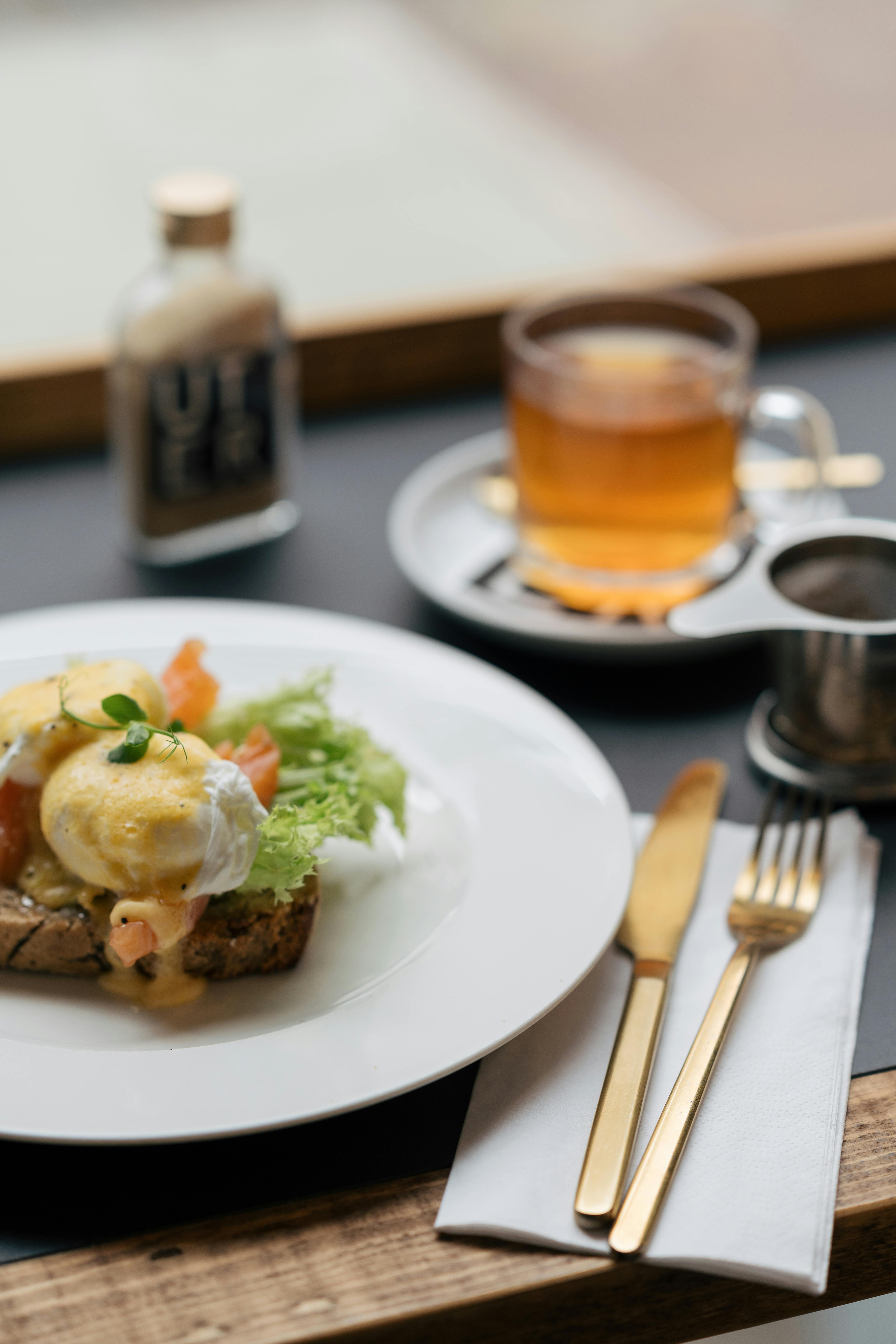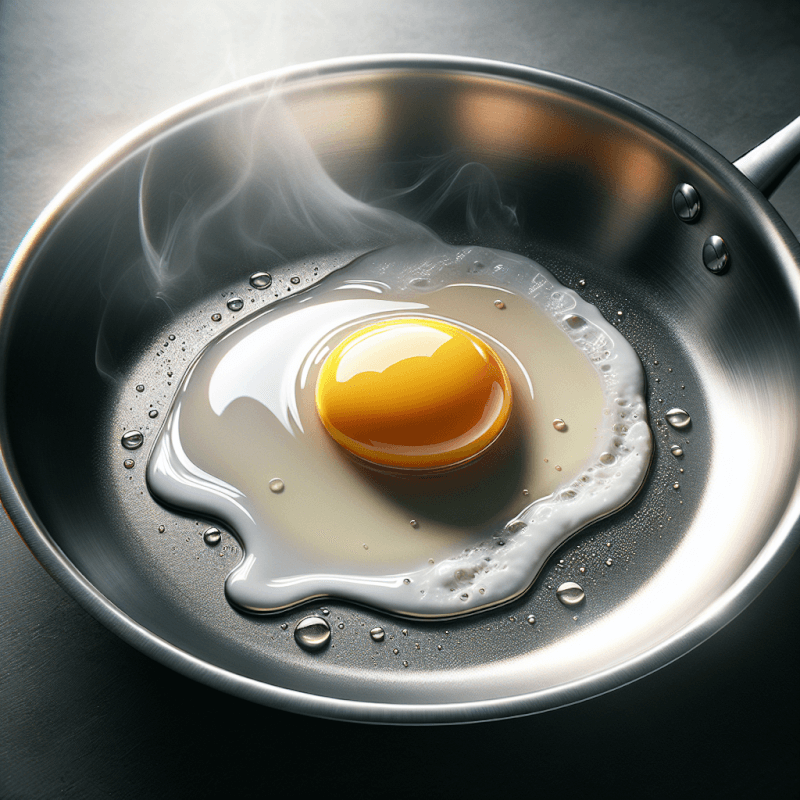If you’ve ever found yourself frustrated with food sticking to your stainless steel cookware, you’re not alone. But fear not, because there are simple steps you can take to prevent this common cooking mishap. In this article, we’ll explore some tried-and-true techniques that will help you achieve non-stick success with your stainless steel pots and pans. From preheating your pan to using oil with a high smoke point, these tips and tricks will have you cooking up a storm without any unwanted sticking. So, get ready to unlock the secrets of stainless steel cooking and say goodbye to stuck-on food!

Choosing the Right Stainless Steel Cookware
When it comes to choosing stainless steel cookware, there are a few key factors to consider. First and foremost, check for a quality finish. Look for cookware with a smooth and polished surface, as this helps to prevent food from sticking. Additionally, select cookware with multiple layers. The more layers there are, the better the heat distribution will be, resulting in more even cooking. Finally, opt for cookware with a thicker bottom. This helps to prevent hot spots and promotes more consistent heat distribution.
Properly Preheating Your Cookware
Preheating your stainless steel cookware properly is essential to prevent sticking. The first step is to heat the cookware slowly. Stainless steel has a poor heat conductivity, so heating it gradually ensures that the entire pan reaches the desired temperature evenly. Next, perform the water droplet test. Before adding any oil or food to the pan, simply drop a few drops of water onto the surface. If the water beads up and dances across the surface, the pan is sufficiently preheated. Lastly, use the Leidenfrost effect to your advantage. This phenomenon occurs when a liquid droplet rapidly evaporates on a hot surface, creating a cushion of steam that helps prevent sticking.
Using the Right Cooking Techniques
Choosing the right cooking techniques can make a big difference in preventing sticking when using stainless steel cookware. First, safely preheat the pan. Ensure that the pan is completely dry before adding any oil or food, as moisture can cause sticking. Then, apply oil or fat to the pan before adding your ingredients. This creates a layer of lubrication between the food and the stainless steel surface, reducing the chances of sticking. Lastly, utilize proper heat levels. Stainless steel cookware performs best on medium to medium-high heat, so avoid using high heat settings, which can lead to sticking.
Maintaining and Caring for Your Cookware
Properly maintaining and caring for your stainless steel cookware is essential to prevent sticking and preserve its longevity. After each use, clean the cookware thoroughly. Use warm soapy water and a non-abrasive sponge or cloth to remove any residue. Avoid using harsh cleaning agents or abrasive scrubbers, as they can damage the surface. Additionally, be mindful of avoiding scratching the surface. Use wooden or silicone utensils instead of metal ones, and avoid stacking or rubbing the cookware against other pots or pans. Lastly, store the cookware properly. Use pot protectors or separate each piece with paper towels to prevent scratching, and store them in a cool, dry place.

Dealing with Specific Types of Food
Certain types of food can be more prone to sticking when cooked in stainless steel cookware. Here are some tips for preventing sticky residue with eggs, meat, and sticky ingredients.
To prevent sticky residue from eggs, make sure the pan is properly preheated before adding the eggs. Using a high-quality non-stick spray can also help create a barrier between the eggs and the pan’s surface.
For meat, it’s important to properly dry the surface before adding it to the pan. This prevents excess moisture from causing sticking. Additionally, allow the meat to sear before attempting to flip or move it. This creates a crust that helps release the meat from the pan.
When cooking with sticky ingredients such as caramel or honey, lightly oil the pan before adding them. This helps to prevent the sticky mixture from adhering to the stainless steel surface. It’s also important to cook these ingredients at lower heat levels to avoid burning and sticking.
Using Additional Tools and Techniques
In addition to the techniques mentioned above, there are a few additional tools and techniques you can utilize to further prevent sticking when using stainless steel cookware. One option is to use a non-stick spray. Simply spray a thin layer onto the surface of the pan before cooking to create a temporary non-stick coating. Another option is to apply a thin layer of flour to the pan before adding your ingredients. This helps to create a barrier between the food and the stainless steel surface. Lastly, you can utilize the cooking with salt technique. Sprinkling a small amount of salt onto the surface of the pan before cooking can further prevent sticking.

Seasoning Your Stainless Steel Cookware
While often associated with cast iron cookware, seasoning can also be beneficial for stainless steel cookware. Performing an initial seasoning involves applying a thin layer of oil to the pan and heating it on low to medium heat for about 20 minutes. This helps to create a non-stick surface. Re-seasoning periodically is also recommended to maintain the non-stick properties of the pan. This involves repeating the initial seasoning process every few months or as needed.
Considering Alternative Cookware Options
If you’re still experiencing issues with sticking, or if you’re looking for alternative cookware options, there are a couple of alternatives to consider. Seasoned cast iron cookware is known for its excellent non-stick properties and even heat distribution. It requires regular seasoning and proper maintenance but can be a great option for those who prefer a natural non-stick surface. Another option is carbon steel cookware, which is similar to cast iron but lighter and more responsive to heat changes. Carbon steel pans also require seasoning but can provide excellent cooking performance.
Seeking Professional Advice
If you’re still struggling with sticking when using stainless steel cookware, don’t hesitate to seek professional advice. Cookbook authors or chefs can offer valuable insights and tips based on their expertise and experience. Consider reaching out to them for guidance or consulting reputable cooking resources for additional information. Alternatively, taking cooking classes can also help improve your cooking skills and provide personalized instruction on preventing sticking and maximizing the use of stainless steel cookware.
Troubleshooting Common Sticking Issues
Sometimes, even with the best techniques and care, sticking issues can still occur. Here are a couple of common sticking issues and how to address them:
Identify and address high heat spots. Stainless steel cookware can develop hot spots, causing food to stick in certain areas. To identify these spots, observe how food cooks in different areas of the pan. If you notice uneven cooking or excessive sticking in a particular spot, adjust your heat accordingly or consider using a different pan.
Deal with uneven heat distribution. Uneven heat distribution can also contribute to sticking. To address this issue, ensure that you’re preheating the pan properly and using the right heat levels. Additionally, consider using cookware with multiple layers and a thicker bottom, as mentioned earlier, to improve heat distribution and reduce sticking.
In conclusion, by choosing the right stainless steel cookware, properly preheating it, using the right cooking techniques, and maintaining it well, you can prevent sticking and enjoy hassle-free cooking. Experiment with additional tools and techniques, such as non-stick sprays or flour coatings, and consider alternative cookware options if needed. Seeking professional advice and troubleshooting common sticking issues will further enhance your cooking skills and ensure optimal results with your stainless steel cookware. Happy cooking!


